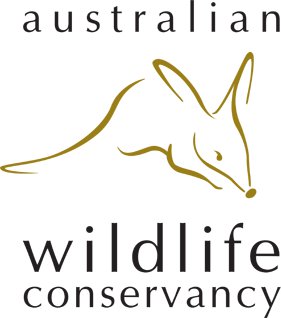Amazing Sri Lanka
World Class Wildlife Experiences!
Sri Lanka is a tropical paradise! It has everything that qualifies it to be one of the best tourist destinations in the world - beautiful coast-lines with sandy beaches, sun, cool mountains, forests teeming with life, ancient dagobas and lakes in magnificent archaeological site sand amazing gemstones. It has a very well run tourist infrastructure managed by friendly, accommodating people.
Sri Lanka is famous for the production of tea, coconut, rubber and cinnamon, which is native to the country. Sri Lanka is called 'The Pearl of the Indian Ocean' because of it's natural beauty. The island is clothed with lush tropical forests, white beaches and diverse landscapes, with rich biodiversity. The country has a long and colourful history documented over three thousand years.
Sri Lanka is a tear-drop shaped island located 880 kilometers north of the equator in the Indian Ocean, to the southwest of the Bay of Bengal. It lies between latitudes 5° and 10° N and longitudes 79° and 82° E. It is separated from the Indian peninsular by the Gulf of Mannar and the Palk Straight, the width of the narrowest stretch of water is only 32 km. Length from northe to south is 432 kms and east to west is 224 kms. The island has an area of 65,610 square kilometers, making it slightly smaller than Tasmania and roughly three times the size of Kakadu National Park.
Weather
Sri Lanka’s weather is tropical and warm. You can experience hot and humid lowlands with average 28 degrees and 70% humidity, and a few hours later be in much cooler hill country that can get to as low as 5 degrees at night. Northeast monsoon rains occur in the northern and eastern regions in December and January.
Traditions
In recent times Sri Lanka has been influenced by multi religious factors but has managed to retain much of its ancient aspects. The country has a rich artistic tradition, embracing music, dance and visual arts. There are influences from colonization by the Dutch, Portuguese and British. This is evident in Sri Lanka’s love of cricket, in its cuisine, holistic medicine and religious icons. Traditional exports range from tea to coconut, rubber and cinnamon. There is a striking diversity of culture from region to region.
Culture and Heritage
Sri Lanka’s heritage includes several ancient kingdoms and civilizations dating back more than 2500 years, and beautiful historic sites remain as a testament to these times. The ‘Cultural Triangle’ consists of two ancient capitals, Anuradhapura and Polonnaruwa, the cave temples of Dambulla and the rock fortress of Sigiriya.
Evidence of technologically advances irrigation systems can be seen in the ‘tanks’ that can be found all over the island. These tanks are small to large man-made lakes that ensured a plentiful supply of water for agriculture. They are important to this day, not only for agriculture but also for wildlife. Ruisn from palatial homes of kings and queens or Buddhist temples and statues are proof of the technical and architectural skill of these ancient civilizations.
Sigiriya is one of the Seven World Heritage sites of Sri Lanka. It is an ancient rock fortress and palace ruin, built by King Kashyapa (AD 477-495). It is famous for its frescoes which remain surprisingly intact down to this day. Sigiriya remains a great tribute to the aesthetic ingenuity of its creators and builders and the King himself. One can still see several of its distinctive features, including its gardens, which are famous for being amongst the world’s oldest landscaped gardens.
Birds of Sri Lanka
Having a total of 443 bird species comprising of endemic, resident and migrants, Sri Lanka is an irresistible birding destination for observing a wonderful variety within a relatively short period and in a compact area. Current taxonomy identifies 33 species as endemic and another 53 species endemic to India and Sri Lanka. Transversing wet zone jungles through to dry zone wetlands, birding tours offer the visiting birder the opportunity to observe a fascinating diversity of the island’s avifauna. It is an intriguing fact that several migrants from Northern India are easier to observe in Sri Lanka than in India including the Pied Thrush, Kashmir Flycatcher, Indian Pitta and Indian Blue Robin.
Wildlife
You can find ecosystems in Sri Lanka that are as diverse as they are breathtakingly beautiful. There are 92 species of mammal, 242 species of butterfly, 117 species of dragonfly, 190 species of reptile and 102 amphibians.
Some of these are the mischievous and danderous Sloth Bear, the magnicent Sri Lanka Leopard, Sambar and the Mugger Crocodile. There is the endemic Purple-faced Langur, Grey Langur and Toque Monkey. Then there is the topmost favborite – The Sri Lankan Elephant.
Watching and observing wildlife in their natural habitat can be a life-changing and awe-inspiring experience. Sri Lanka has 501 protected areas including national parks, nature reserves and a National Heritage forest. Sri Lanka is the ideal place for an exciting yet sustainable wildlife-focused holiday.





